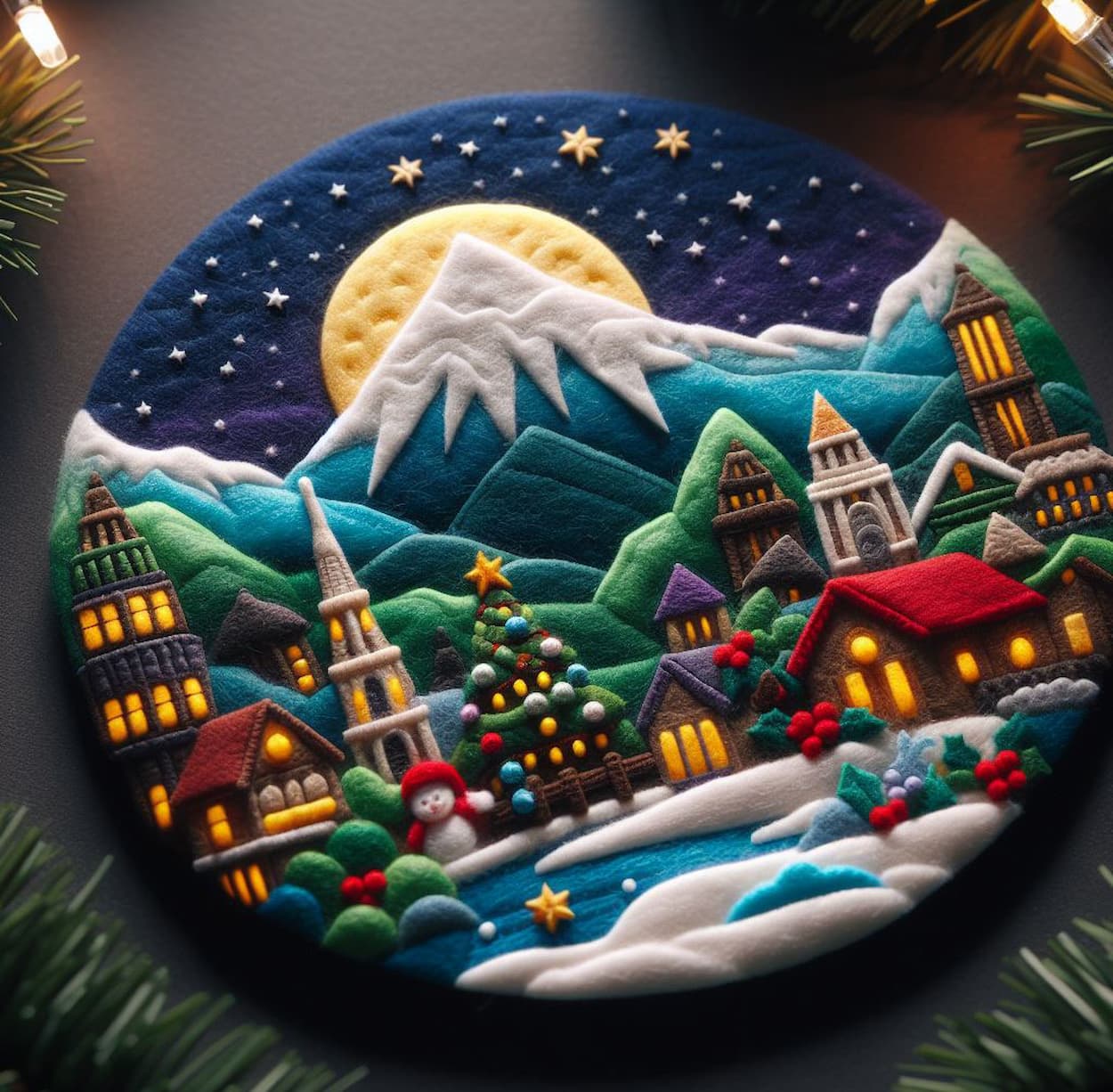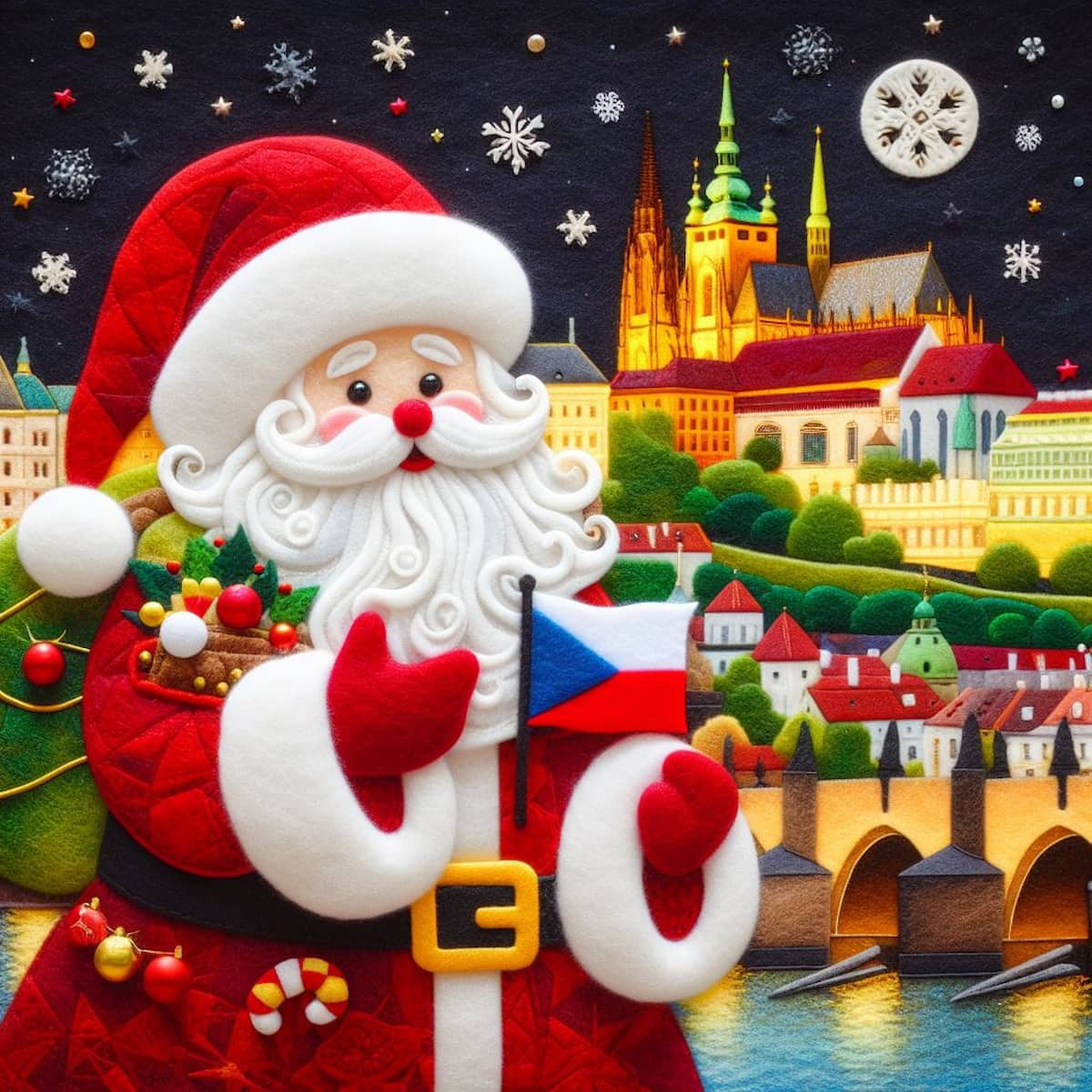Assuming that everyone is commemorating the same event, shouldn’t the festivities be standardized? Absolutely not. More than any other Christian holiday, Christmas demonstrates how deeply history, culture, and old (“pagan”) rituals have influenced the traditions surrounding Christian celebrations. In other places, Christmas is more like Carnival or New Year’s Eve, but in the West, we celebrate it with Christmas trees, quiet reflection, and candles. Dwarfs, Christmas fellows, and Julbock goats have been known to play pivotal parts in several of these stories, taking the place of Santa Claus and the Christ Child.
Christmas in South America

Even though it may be 104 degrees Fahrenheit (40 degrees Celsius) outside, South Americans celebrate Christmas by setting up nativity scenes beneath palm trees and singing carols about “Silent Night” to the beat of samba music. Pine trees and cacti are decorated with Christmas candles in place of traditional fir and spruce trees. While in Rio de Janeiro, Brazil, a massive papier-mache tree stands in the city’s central plaza.
Christmas bullfights and the Christmas lottery, both of which date back to Spanish colonial rule, are musts for many South Americans. German immigrants have brought their Christmas customs to the Andean highlands of Chile and Peru. In La Paz, it is now fashionable to adorn an imported fir tree with cotton balls in place of snow on Christmas Day. Recently, Brazil has seen Santa Claus arrive by helicopter. So, they have a more contemporary version of Santa Claus.
Yule logs, almond candy, and nativity sets
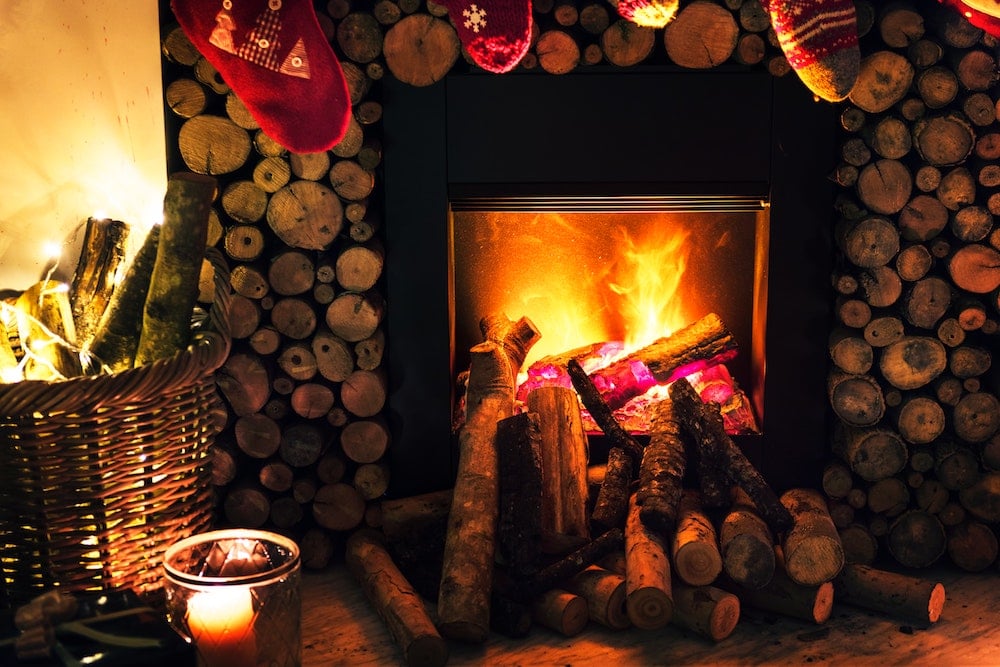
Christmas in most Romance nations, such as Spain, Portugal, France, Italy, Romania, and Switzerland, wasn’t always a solemn family affair. Traditional midnight masses, particularly in Italy, may turn into a huge and showy performance, with the nativity scene serving as the showpiece. People shop for traditional Christmas treats like almond sugar and “panettone” in the vibrant markets that are open throughout the day.
Many French households still use the Yule log, or Bûche de Noël as the centerpiece of their holiday fireplace. The ritual of setting a Yule log on fire is associated with Pagan solstice festivities and bonfires. Many other symbols of divine light, like the Yule log, are used in winter solstice and Christmas celebrations.
The Christmas tree is gaining popularity in the country after being brought over from Germany in recent decades.
Scandinavian celebration of Christmas
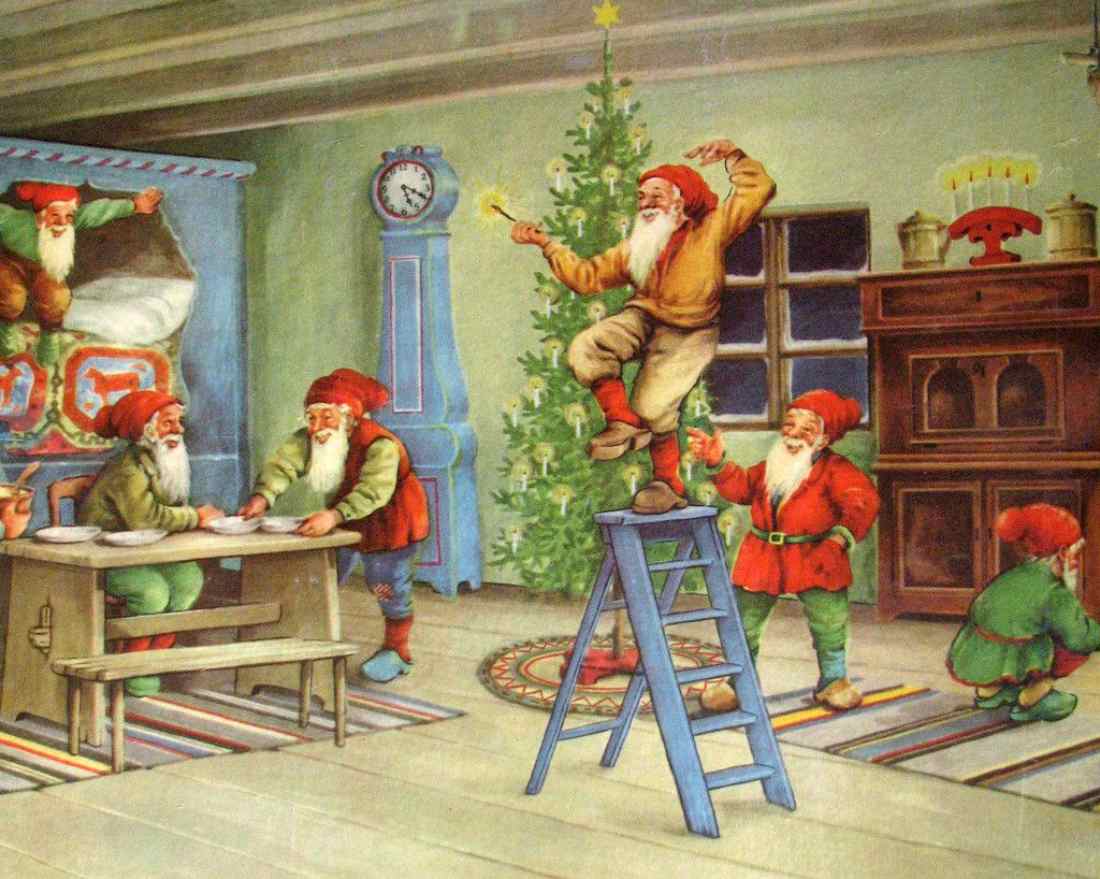
Neither Santa Claus nor the golden Christ Child were originally part of the Scandinavian celebration of Christmas (“Jul” or “Jol”). Instead of a human, Santa Claus in Norway is Julenissen which are basically Christmas dwarfs. In Sweden, Santa Claus is Jultomte or just Tomte, who are also dwarfs. The gifts are not presented but rather tossed into the room with a resounding roar. That’s why the Christmas gifts are called “Julklapp” or “Christmas knock.” Every participant, as in a parlor game, must choose for themselves which present is planned for them. However, Santa Claus has been steadily replacing the Scandinavian dwarfs in recent decades.
Once upon a time, “Julbock” (Christmas goat or Yule goat) roamed the countryside in Norway and Sweden by the hundreds. Gifts were delivered on Christmas Day by a Julbock. Thor, the Norse deity of thunder and lightning, was often shown riding high in the sky on a chariot pulled by two goats, which may explain why the goat was so widely celebrated.
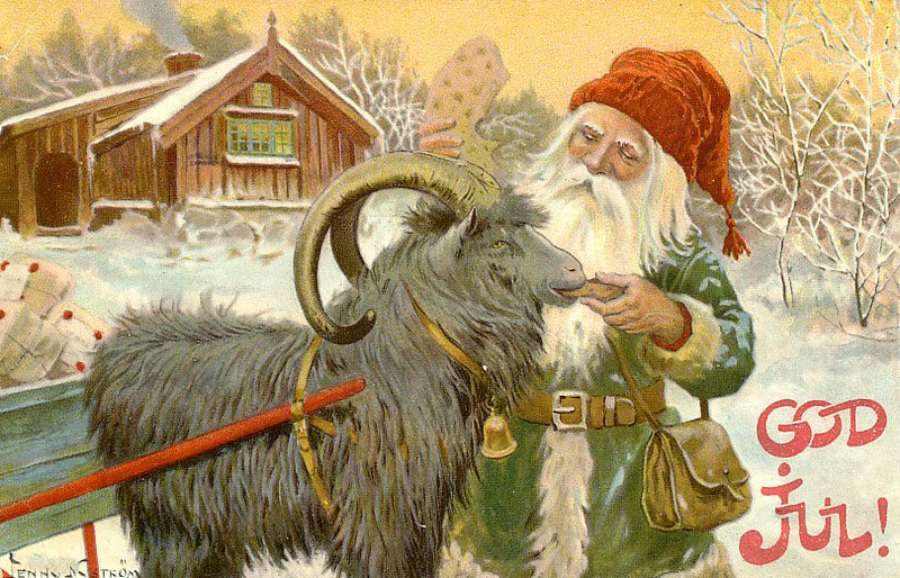
After a while, Julbock attained a new prank role. During Christmas, a group of young men would wear masks made of fur and birch bark, and in exchange for entertainment and presents, they would hand out compliments and criticisms to people. In this way, the Christmas goat would help ensure that everyone followed the tradition of getting new clothes for the holiday.
There was a time when the “thirteen Yule lads” would show up in Iceland in the days leading up to the holiday. These strange men took food from people, scared the kids, and got into all sorts of other trouble. Yet even they have been “tamed” through time to the point that they now carry presents to grateful recipients.
The mistletoe tradition

On the evening of December 24-25, Santa Claus delivers gifts to good boys and girls in England and the United States. He does deliver gifts through his reindeer-drawn sleighs, and dwarf helpers. After a Christmas Eve dinner of turkey and flaming Christmas pudding, children in England are given permission to dress up for Christmas. There is dancing, and anybody standing under the hanging mistletoe would kiss each other.
This tradition was intended to increase the likelihood of a girl getting married, since it is possible that she will still be single by Christmas if she does not get a kiss. The practice calls for taking one berry after every kiss.
Bibliography:
- Ehorn, Lee Ellen; Hewlett, Shirely J.; Hewlett, Dale M. (1995). December Holiday Customs. Lorenz Educational Press. ISBN 978-1-4291-0896-6.
- Yule, Online Etymology Dictionary.
- Marling, Karal Ann, 2000. Merry Christmas!: Celebrating America’s Greatest Holiday. Harvard University Press.
- Crump, William D., 2006. The Christmas Encyclopedia. McFarland & Company. ISBN 978-0-7864-2293-7.




